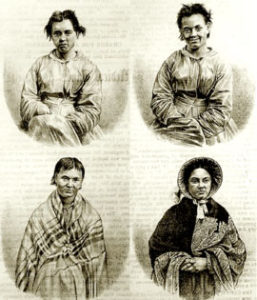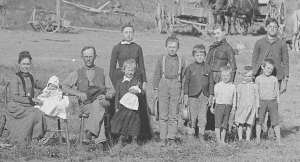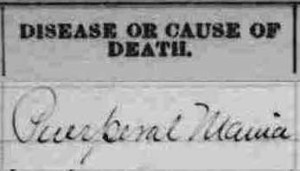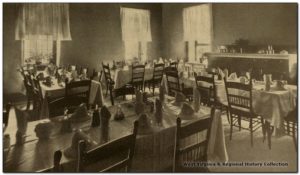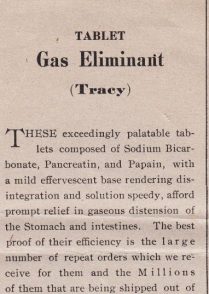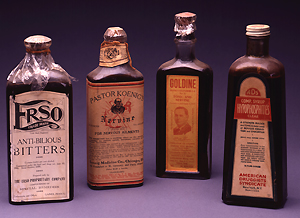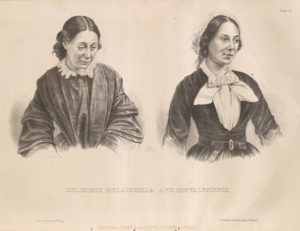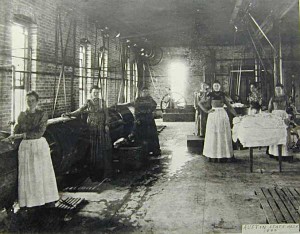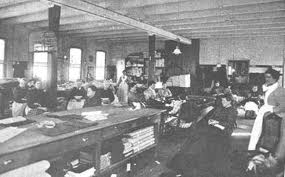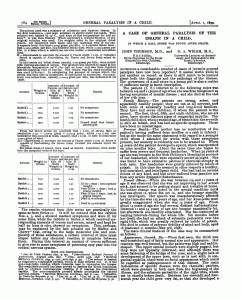Dr. McDonald tempered his approval of New York’s more stringent commitment laws (see last post) with his recognition that even two qualified doctors called in by the family to make a diagnosis could run into problems. “As a rule you may divide the relatives of an insane person into two classes, those who want to send him to an asylum at all hazards, and those who want to keep him out at all hazards,” McDonald said.
McDonald further stated that much of what physicians would hear from relatives would be untrue, irrelevant, guesswork, and blame, which did little to help make a diagnosis. Frequently, the various relatives would blame others for the breakdown; the husband of an insane wife would blame his in-laws for her condition, while they blamed him. For this reason, McDonald advised physicians to try and get information from a servant or family friend, who might be less biased. He also cautioned them not to give in to relatives’ requests for any kind of trickery, but to always present themselves as physicians.

An Article From the Trenton Evening News, November 7, 1898, Showing a Change in Behavior Leading to an Insanity Diagnosis
McDonald believed that nearly all the insane had delusions of some sort, which would confirm their condition if a doctor could get at what they were. However, he also wrote of a patient coming to his asylum who had been diagnosed with melancholia along with delusions of persecution and injury. The man improved greatly, but held on to a delusion that unknown enemies continually entered the house where he had lived and poisoned his food. Because of this delusion, McDonald and his staff kept the man in the asylum . . . until other members of the household told him that the story was actually true.


